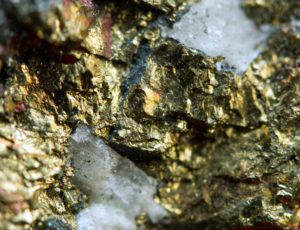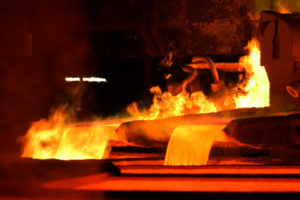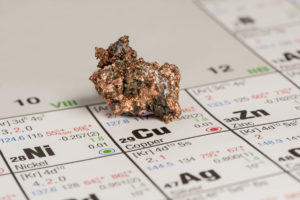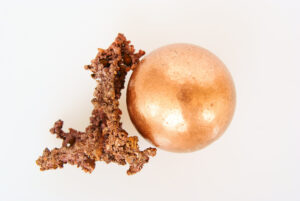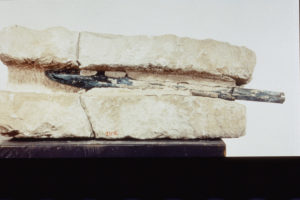Copper
Important technology and functional metal
Even in the age of information technology and increasingly complex technical and industrial processes, one of mankind’s oldest metals plays an important and future-oriented role. Not for nothing often called the most important technology and functional metal, copper is at home in almost all areas of human life. Without copper, there would be no electricity, no communication, no technical innovations. Millions of metres of copper pipes or cables provide the population with drinking water or electricity every day, hundreds of thousands of square metres of copper cover roofs and clad facades worldwide. For the automotive industry, copper is an important functional material, especially for electromobility. Due to its diverse properties, copper is one of the most useful materials, which can also be further optimised by alloying it with other metals.
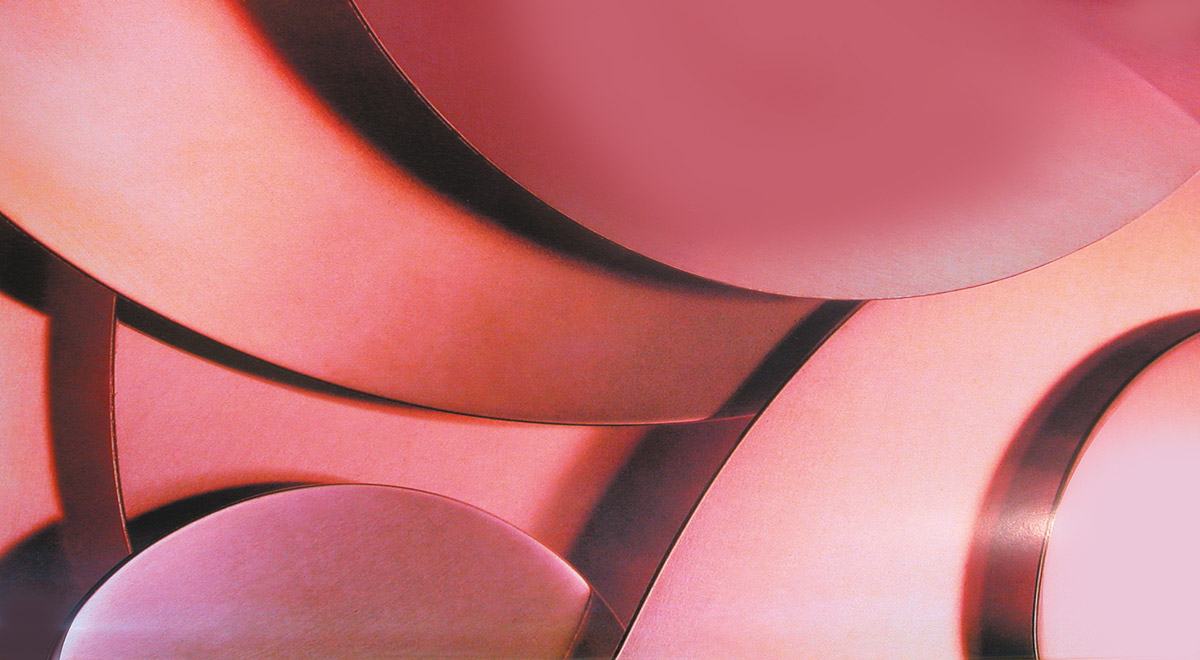
Pure copper
In the mineral sector, metals mainly occur as chemical compounds with oxygen (oxides) or with sulphur (sulphides); only very rarely are they found in pure form. Among these exceptions – besides the precious metals gold and silver – is copper. Copper with its chemical symbol Cu (from cuprum) is found in the periodic system of elements in the first subgroup together with silver and gold. This is because copper has similarities with both metals: copper and gold are the only two coloured metallic elements, and copper and silver are the two best conductors of heat and electricity.
Since the requirements for the copper quality used for wire production and for applications in electronics, low-temperature and vacuum technology are much higher than those for the production of copper alloys, a distinction is nowadays made between the two types of cathode Cu- CAT-1 (“higher grade” cathode) and Cu-CAT-2 (normal cathode). The term “copper” also usually includes, in addition to pure copper, oxygenated copper grades that contain controlled amounts of oxygen in the form of copper(I) oxide, as well as deoxidised oxygen-free copper grades with and without a residual content of a deoxidising agent (preferably phosphorus). The different properties of these different types of copper also largely determine their areas of application.
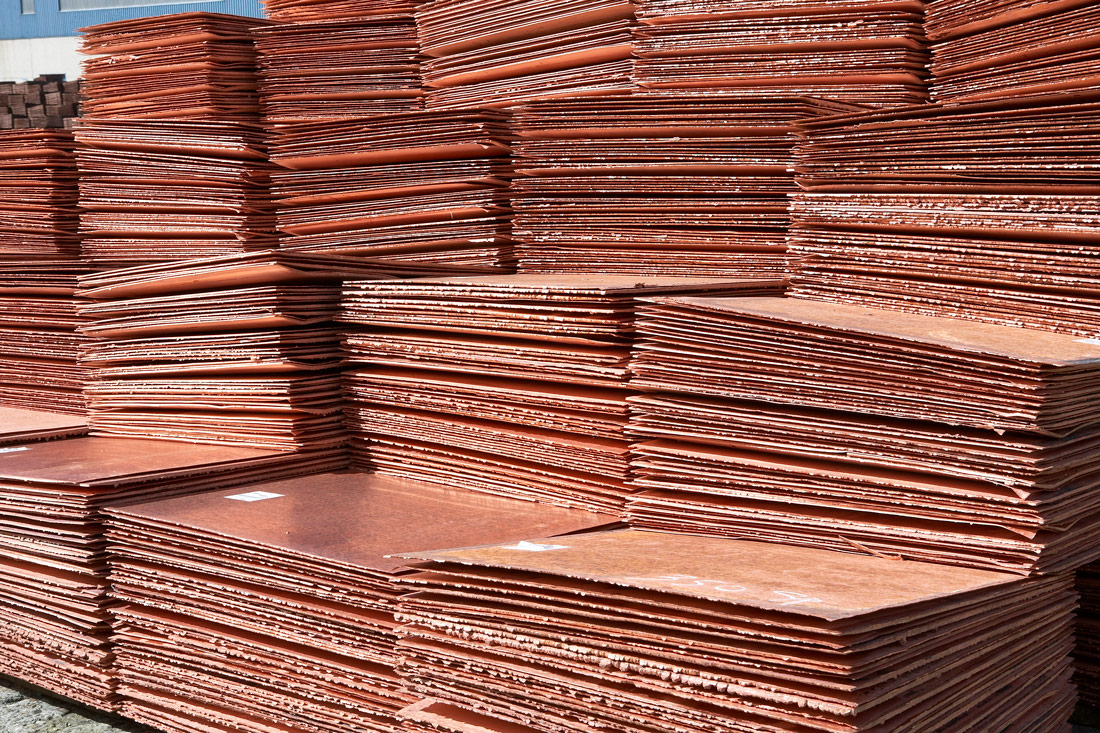
Are you looking for a different content?
